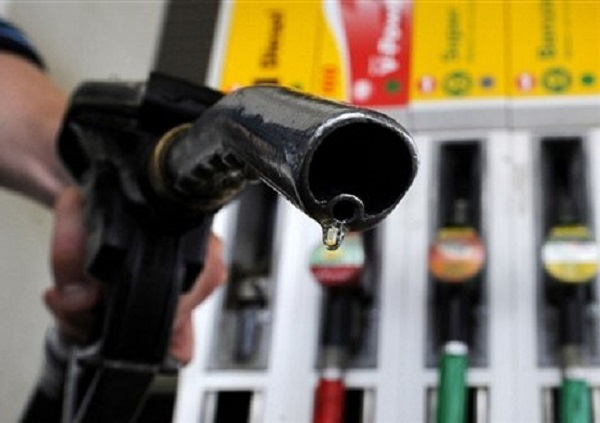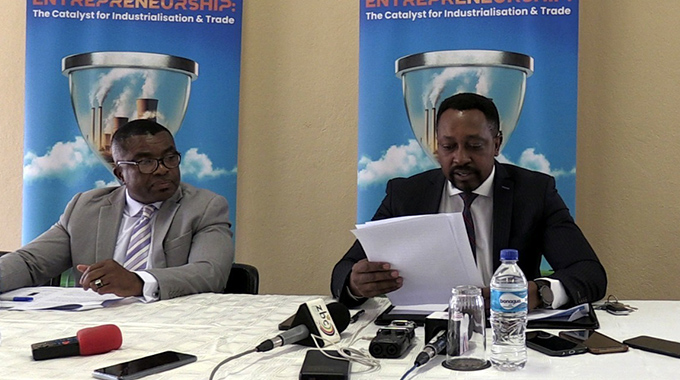Mandatory blending saves Zim $64m

Livingstone Marufu, Harare Bureau
Government’s 20 percent ethanol and 80 percent unleaded petrol blending ratio has saved the country $63,5 million in foreign currency in the first nine months of 2017.
This comes after Government increased ethanol blending from 10 to 20 percent due to increasing supplies of the product in June this year.
This allowed the country, which faces liquidity and foreign currency shortages, headroom to save on the hard currency.
It is believed that the country, which imports unblended petrol at around $1,10 per litre, has saved over $63,5 million after only 48,85 million litres of petrol were imported against prior period’s imports of 106,62 million litres.
Zimbabwe’s 1,2 million vehicles require about 1,5 billion litres of fuel, both diesel and petrol, to keep the wheels on the tarmacs, but importing the fuel has since the better part of last year been a struggle due to shortage of forex.
Zimbabwe Revenue Authority Corporate Communications and International Affairs Division head Canisio Mudzimu said the requirement for the mandatory blending of petrol resulted in the import bill on fuel being reduced by 54,19 percent.
“This was substituted by local ethanol production. There, was, therefore, a reduction in excise duty collections on fuel imports,” Mudzimu said.
He said: “Petrol imports, which declined by 54,19 percent to 48,85 million litres from 106,62 million litres in the third quarter of 2017, has saved the country millions of foreign currency. Over $63,5 million of forex was saved in the process.
“This decline is due to the mandatory blending requirements, which now make use of a significant high local content in the form of ethanol produced in Zimbabwe.
Zimra said it could also be indicating the level of petrol smuggling under the cover of jet A1 fuel but Zimra is closely monitoring these imports.
According to Zimra, the law should not allow smugglers to continue operating and should put more stringent penalties on commercial smugglers to deter others and just paying duty and penalty is not enough.
The Zimbabwe Energy Regulatory Authority (Zera) said the ethanol blending levels increased by 5 percent from 15 percent in 2016 to 20 percent in 2017.
Zera said the country was currently producing an average of 250 000 litres of anhydrous ethanol per day, mostly for blending with unleaded petrol.
In June this year, Minister of Energy and Power Development, Samuel Undenge, issued a statutory instrument to increase the blending to 20 percent.
Government has had to constantly keep its hands on the pulse regarding ethanol blending thresholds, in line with the prevailing levels of production, which sometimes falls to levels that cause intermittent shortages in the market.
This has often caused analysts to call for liberalisation of ethanol supply to include private players and create healthy competition in a market monopolised by Green Fuel, sole authorised supplier in which Government is joint owner.
Green Fuel’s Chisumbanje Ethanol Project in the Eastern Highlands, is a national project of strategic importance, where ethanol is produced from sugarcane. The plant is seen as one of Africa’s largest ethanol projects.
The project consists of sugarcane plantations in Chisumbanje and Middle Sabi, with the ethanol plant being located in Chisumbanje.
It is a consortium of local investors in partnership with Government’s Agriculture and Rural Development Authority.
At its peak, the Chisumbanje ethanol project and ARDA’s cane growing adjacent farms operated by the private investors trading as Rating and Macdom, has created employment for more than 8 000 people, becoming one of the single largest job creation ventures in the country in recent years.











Comments